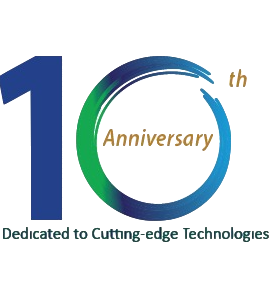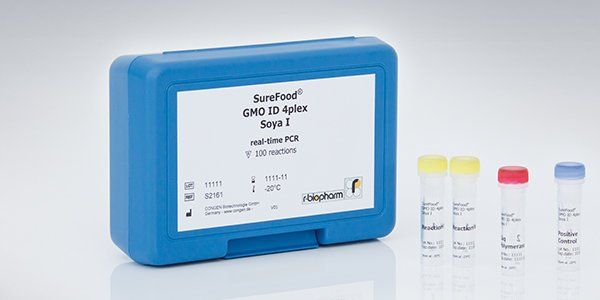GMO DETECTION
GMO Detection
Since the 1st of September 1998 all food products which are containing genetically modified organisms (GMO) must be labelled. As stated by the Council of Ministers of the European Union (EU), regulation for the labelling of Novel Food: Decision No. 1139/98/EC. Furthermore, since April 2004 the EU directive 1829/2003 came into force and determines the labeling threshold value at 0.9 % in EU for food and feed.
Labelling of GMO-free food
The quality of food is becoming increasingly important to many consumers. To ensure the necessary transparency, i.a. the European Council Regulation (EC) (No. 834/2007) on organic production was implemented. This regulation regulates the use and labeling of genetically modified plants in food and feed (European labeling requirements 1829/2003 and 1830/2003). Compliance with this basic organic regulation can be shown by a corresponding seal on the food products.
Qualitative GMO detection
According to national or regional regulations, zero tolerance applies to non-approved GMO events. As such, only qualitative tests are of interest for these products at the moment. The detection limit lies at 0.01 %, depending on the matrix and the application. Regulation EC 619/2011 exists as a special rule for animal feeds. Provided that certain conditions are met (expired EU approval, approval in the country of origin, availability of tests and reference material, etc.), a technical threshold value of 0.1 % applies for non-approved GMO events. This is particularly significant for not always contamination-free imports of GMOs and GMO-free maize and soya.
Quantitative GMO detection
For respectively approved GMO events, there is the quantitative question of whether the product lies above the defined threshold values or mandatory labelling values. In Europe, a value of 0.9 % applies to the GMO event in the respective plant matrix. Below that value, foodstuffs with technically unavoidable and coincidental contaminations of the GMO events do not need to be declared (EC 2829/2003 und EC2830/EC). The quantification occurs via the respective quantification of a GMO specific and plant matrix specific gene based on a respectively different calibration curve and the conversion to GMO plant/matrix DNA number of copies. This dimensionless unit multiplied by 100 yields the percentage value. The calibration curve is obtained via the dilution of a DNA standard and, on the basis of a defined GMO material, can also be specified precisely with an experimental correction factor.
GMO screening
A screening of plant extrinsic gene sequences that were infiltrated into the plants during GMO development provides efficient evidence of the presence of any possible GMOs. The typically used gene sequences are: 35S, NOS, FMV, BAR and CTP2:CTP4 EPSPS.
Detection Method for GMO
PCR Technology - SureFood®
SureFood® from R-Biopharm Indonesia is a modular system which is based on the 3 main components, amplification and detection. Each component consists of different modules. All modules are compatible. Thus, SureFood® is a highly flexible system which can be easily configured for different user specific applications. SureFood® is available as product and service as well.
SureFood® GMO SCREEN
- Multiplex assay for 35S/NOS/FMV + IAC, BAR/NPTII/PAT/CTP2:CP4 EPSPS, Corn/Soya/Canola/Cotton
- Single assays for vectors: CaMV, P35S:BAR
- Plant specific GMO event multiplex assays for soya, rice, corn, canola
SureFood® GMO QUANT
- Identification and quantification
- Robust detection system
- Wide product range
- Suitable for most available real-time thermocyclers
To Get More Information
Don't Hesitate to Contact Us
Company Address
Rukan Kirana Boutique Office
Blok F3 no 12, Boulevard Raya No.1 Kelapa Gading. Jakarta Utara
Indonesia, 14240
Contact
+6221 4585 8833
info@arasains.co.id
Quick Link
Product Link
Copyright (c) 2021 PT Arasains. All Right Reserved









